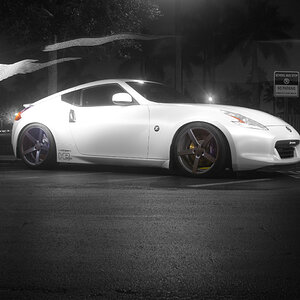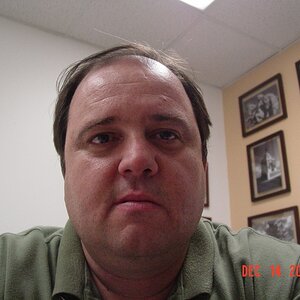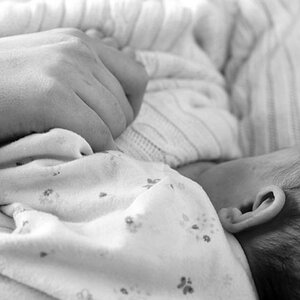splproductions
TPF Noob!
- Joined
- Dec 14, 2011
- Messages
- 191
- Reaction score
- 16
- Location
- Colorado
- Can others edit my Photos
- Photos OK to edit
I decided I'd rather just swing the extra bucks and get a dedicated macro lens instead of extension tubes. I'm debating between the Canon 60mm 2.8 and the 100mm 2.8 (non-L).
I've never shot macro before, so I don't have a handle on what different focal lengths will do for me. Would 100mm be too long on a crop-sensor? I'd imagine I'm going to start out shooting random objects on my kitchen table, but I'd like to eventually head outdoors and do bugs and other things (or maybe bring the bugs inside).
Also, maybe a stupid question, but will the 100mm give me more "macro detail" than the 60mm because it's more telephoto? Or is the maximum magnification the only thing that determines that?
Thanks -
I've never shot macro before, so I don't have a handle on what different focal lengths will do for me. Would 100mm be too long on a crop-sensor? I'd imagine I'm going to start out shooting random objects on my kitchen table, but I'd like to eventually head outdoors and do bugs and other things (or maybe bring the bugs inside).
Also, maybe a stupid question, but will the 100mm give me more "macro detail" than the 60mm because it's more telephoto? Or is the maximum magnification the only thing that determines that?
Thanks -


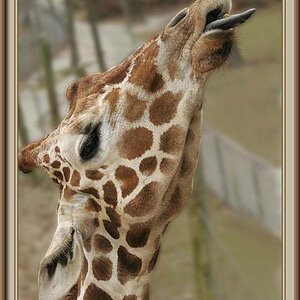
![[No title]](/data/xfmg/thumbnail/42/42257-4c4b35d60337b1b4ec661332486a33be.jpg?1619740066)
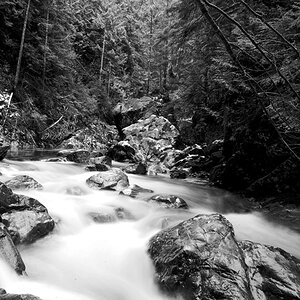
![[No title]](/data/xfmg/thumbnail/32/32637-865ab9beec7e00237b64e4fcb8fe947f.jpg?1619735555)
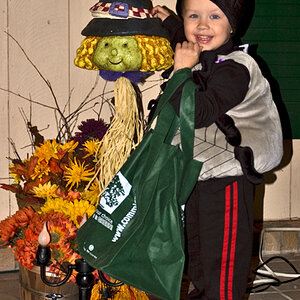

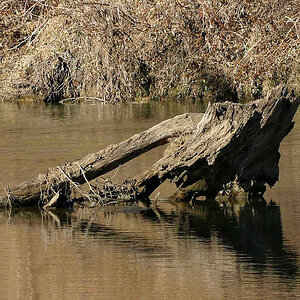

![[No title]](/data/xfmg/thumbnail/32/32929-22e23acc63d6ecb25e5ee941be87121f.jpg?1619735758)
